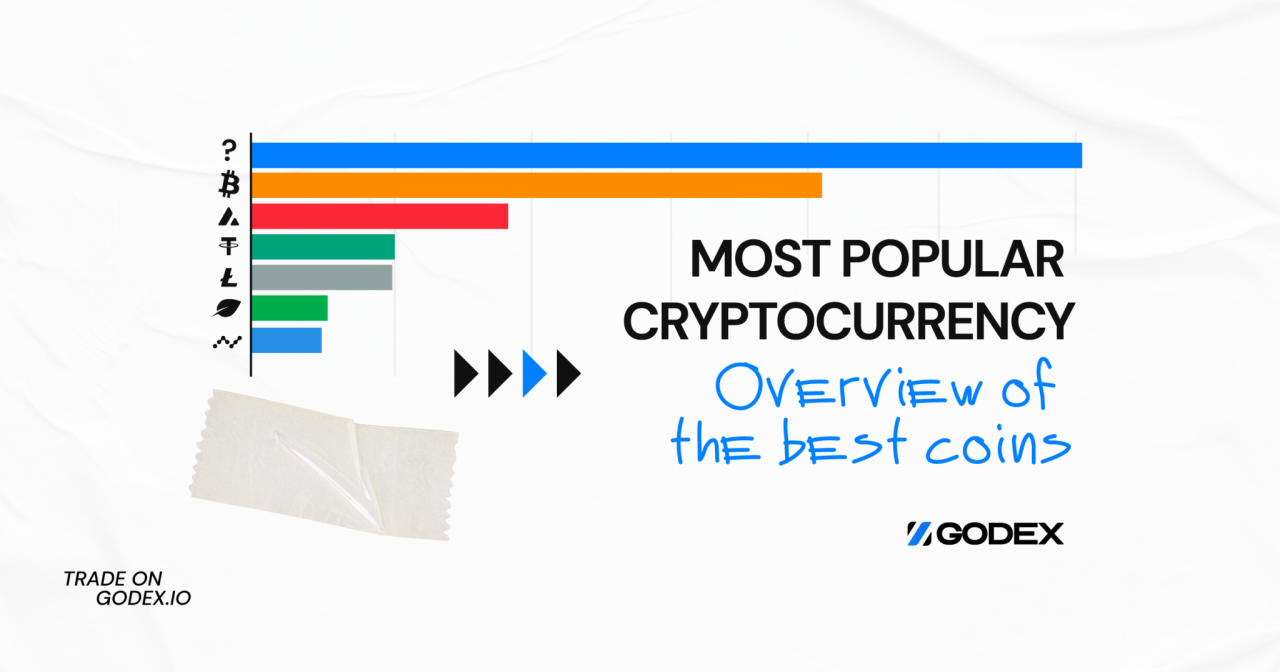Crypto Coins Compare An Insightful Look Into The Market

As crypto coins compare takes center stage, this opening passage beckons readers into a world rich with the transformative potential of digital currencies. Understanding the significance of crypto coins in today’s economy is crucial, as they represent a shift in how transactions are conducted and value is stored. From Bitcoin’s inception to the rise of altcoins, the journey of crypto coins is filled with milestones that have shaped the financial landscape.
In this exploration, we will delve into the various types of crypto coins, comparing their functionalities and unique use cases. By examining market capitalization and trading volumes, along with technical specifications, we aim to provide a comprehensive understanding of this dynamic market, equipping readers with the knowledge to navigate the world of cryptocurrencies effectively.
Overview of Crypto Coins
Crypto coins, or cryptocurrencies, represent a revolutionary form of digital currency designed to work as a medium of exchange. They leverage cryptographic technology to secure transactions and control the creation of new units. This innovation has significant implications for the global economy, offering alternatives to traditional banking systems and introducing decentralized finance solutions. The journey of crypto coins began with the introduction of Bitcoin in 2009, created by an anonymous entity known as Satoshi Nakamoto.
Over the years, numerous milestones have marked the evolution of cryptocurrencies, including the launch of Ethereum in 2015, which introduced smart contracts, and the emergence of stablecoins that aim to reduce volatility. Crypto coins can broadly be categorized into several types based on their functionalities, including:
- Bitcoin (BTC)
-The first and most widely recognized cryptocurrency, primarily used for peer-to-peer transactions. - Altcoins
-Any cryptocurrency other than Bitcoin, often offering unique features and use cases. - Stablecoins
-Cryptocurrencies pegged to stable assets like fiat currencies to minimize price fluctuations. - Tokens
-Digital assets created on existing blockchains that can represent a variety of assets or utilities.
Comparison of Popular Crypto Coins
The landscape of cryptocurrencies is diverse, with each coin serving distinct roles within the market. Below is a comparative table detailing the features of some of the most popular crypto coins:
| Coin | Market Cap (USD) | Use Case | Consensus Mechanism |
|---|---|---|---|
| Bitcoin (BTC) | $450 Billion | Digital Gold | Proof of Work |
| Ethereum (ETH) | $220 Billion | Smart Contracts | Proof of Stake |
| Ripple (XRP) | $30 Billion | Cross-Border Payments | Consensus Protocol |
Various crypto coins serve specific use cases that differentiate them from one another. For instance, Bitcoin is often viewed as a store of value, while Ethereum facilitates decentralized applications through its smart contracts. Additionally, Ripple is used primarily for international money transfers, offering fast and cost-effective solutions.Recent statistics indicate that Bitcoin continues to dominate the market with approximately 40% of the total market capitalization of all cryptocurrencies, followed by Ethereum at around 20%.
The trading volumes also reflect significant activity in these coins, underscoring their relevance in today’s financial ecosystem.
Technical Specifications
The technical aspects of crypto coins reveal noteworthy differences that can influence their performance and utility. Consensus mechanisms are crucial in determining how transactions are verified and added to the blockchain. Major types include:
- Proof of Work (PoW)
-Employed by Bitcoin, this method requires miners to solve complex mathematical problems, ensuring security but consuming significant energy. - Proof of Stake (PoS)
-Utilized by Ethereum 2.0, it allows holders to validate transactions based on the number of coins they possess, promoting energy efficiency. - Delegated Proof of Stake (DPoS)
-Implements a voting system to select validators, enhancing scalability and speed.
Transaction speed, scalability, and energy consumption are critical factors for investors and users alike. Here’s a breakdown of these attributes for each coin:
| Coin | Transaction Speed | Scalability | Energy Consumption |
|---|---|---|---|
| Bitcoin | 7 TPS | Low | High |
| Ethereum | 30 TPS | Moderate | Moderate |
| Ripple | 1500 TPS | High | Low |
The benefits and drawbacks of each technology differ significantly. Bitcoin’s high security comes with substantial energy consumption, whereas Ripple’s efficiency allows for rapid transactions but raises questions about centralization. Ethereum’s transition to PoS aims to balance these concerns by enhancing scalability while reducing energy consumption.
Investment Perspectives

Investing in crypto coins comes with a set of unique risk factors. The volatility inherent in the crypto market can lead to substantial financial gains or losses. Established coins like Bitcoin and Ethereum tend to exhibit lower volatility compared to emerging altcoins, which can experience rapid price fluctuations. Investors often evaluate historical data to determine potential returns. A comparison chart illustrating price trends over the last five years reveals that while Bitcoin has shown a general upward trend, altcoins can spike dramatically during market surges, as seen with coins like Dogecoin in 2021.
Regulatory Environment
The regulatory landscape for crypto coins varies widely across jurisdictions, impacting their adoption and growth. Different countries have approached cryptocurrencies with varying degrees of acceptance, from outright bans to comprehensive regulatory frameworks. For example, in the United States, regulatory bodies like the SEC and CFTC actively engage in defining the legal status of cryptocurrencies, affecting how they can be traded and utilized.
Recent legal developments, such as the approval of Bitcoin ETFs, have provided a more structured environment for institutional investors, influencing market stability.
Future Trends in Crypto Coins

Emerging trends within the crypto coin space suggest significant changes in the market’s future. The rise of decentralized finance (DeFi) is promoting a shift away from traditional banking, enabling users to lend, borrow, and trade directly through smart contracts. Similarly, non-fungible tokens (NFTs) have created new avenues for digital art and collectibles, increasing the utility of blockchain technology. Looking ahead, technological innovations such as layer 2 solutions and sharding are expected to enhance scalability and transaction speeds, addressing current limitations faced by popular coins.
The continuous evolution of these technologies may redefine how cryptocurrencies interact with the broader financial ecosystem, paving the way for new opportunities and challenges.
Wrap-Up
In conclusion, the landscape of crypto coins is constantly evolving, and a thorough comparison can reveal hidden opportunities for investors and enthusiasts alike. By understanding the technological nuances, investment perspectives, and regulatory environments, one can make informed decisions in a market that is as unpredictable as it is exciting. As we look to the future, staying abreast of emerging trends will be essential for anyone engaged in the world of crypto.
Popular Questions
What are crypto coins?
Crypto coins are digital currencies that utilize cryptography for secure transactions and are built on blockchain technology.
How do I choose which crypto coin to invest in?
Consider factors such as market capitalization, use cases, technological features, and historical price trends before making a decision.
Are all crypto coins the same?
No, crypto coins differ in functionalities, use cases, and underlying technology, making some better suited for specific purposes than others.
What is the importance of market capitalization?
Market capitalization reflects the total value of a cryptocurrency in circulation, helping investors gauge its size and market position.
How does regulation impact crypto coins?
Regulation can influence the adoption, trading practices, and overall growth of crypto coins, often shaping the market dynamics significantly.




